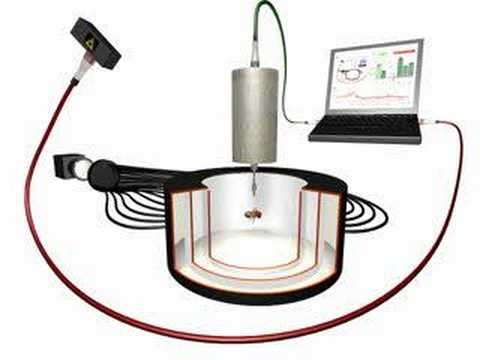The main function of brains is to generate adaptive behavior. Far from being the stereotypical, robot-like insect, the fruit fly Drosophila exhibits astounding flexibility and chooses different courses of actions even under identical external circumstances. Due to the power of […] ↓ Read the rest of this entry…
Posts Tagged neurogenetics
Tethering a fly for stationary flight allows for exquisite control of its sensory input, such as visual or olfactory stimuli or a punishing infrared laser beam. A torque meter measures the turning attempts of the tethered fly around its vertical […] ↓ Read the rest of this entry…
The data clearly show that publications in Cell, Nature or Science (CNS for short), on average, cannot be distinguished from other publications, be it by methodology, reproducibility or other measures of quality. Even their citation advantage, while statistically significant, is […] ↓ Read the rest of this entry…
During my flyfishing vacation last year, pretty much nothing was happening on this blog. Now that I’ve migrated the blog to WordPress, I can actually schedule posts to appear when in fact I’m not even at the computer. I’m using […] ↓ Read the rest of this entry…
During my flyfishing vacation last year, pretty much nothing was happening on this blog. Now that I’ve migrated the blog to WordPress, I can actually schedule posts to appear when in fact I’m not even at the computer. I’m using […] ↓ Read the rest of this entry…
Until 1986, it was thought that so-called optomotor responses, i.e., the tendency of all animals and humans to follow moving visual stimuli with their eyes or their bodies, were a prerequisite for gaze or trajectory stabilization: whenever the scenery in […] ↓ Read the rest of this entry…












